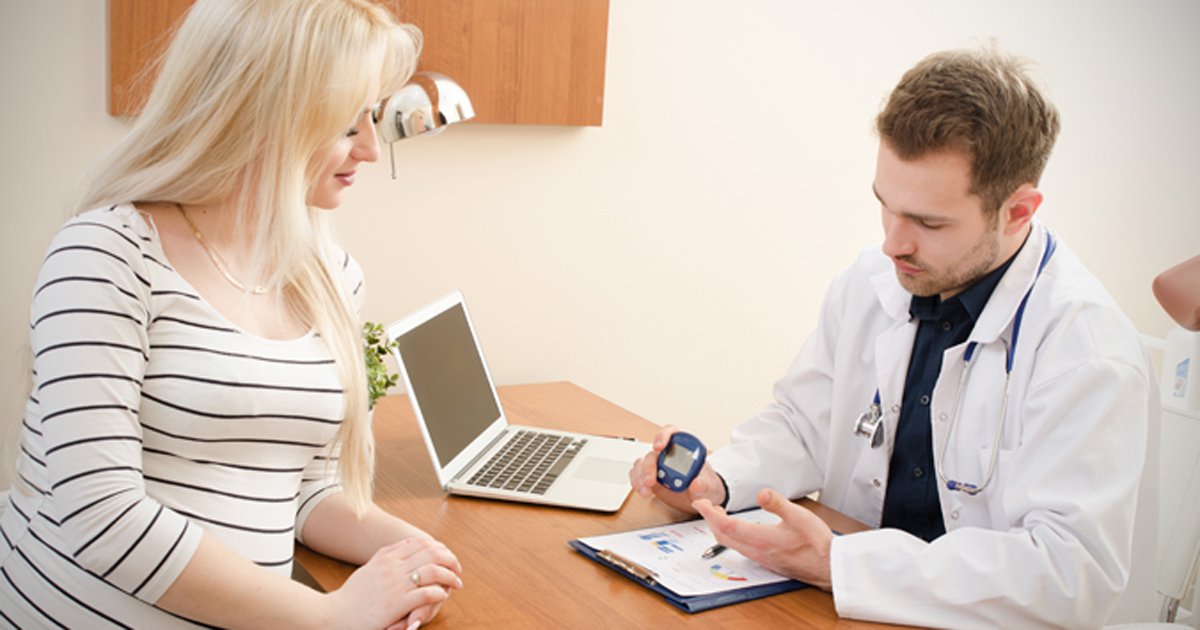Fetal overgrowth present weeks before gestational diabetes diagnosis
Ultrasound measurements suggest that fetal abdominal overgrowth is present weeks before pregnant women receive a diagnosis of gestational diabetes, according to study data presented at the European Association for the Study of Diabetes annual meeting.

“We previously reported that fetal abdominal overgrowth was detected at the time of a gestational diabetes diagnosis at 24 to 28 weeks’ gestation, especially among older women or women with obesity, and was persistent until delivery despite appropriate gestational diabetes management,” Yoo-Lee Kim, MD, PhD, professor in the department of endocrinology and metabolism at CHA Gangnam Medical Center and CHA University in Seoul, South Korea, told Endocrine Today. “In this study, we investigated whether fetal abdominal overgrowth is already present at 20 to 24 weeks’ gestation, more than 4 weeks earlier than the time of gestational diabetes screening and diagnosis.”
Kim and colleagues analyzed data from 7,820 pregnant women with (n = 384) and without gestational diabetes (n = 6,919) attending the outpatient clinic of CHA Gangnam Medical Center in Seoul, South Korea. Researchers used ultrasound to measure fetal abdominal circumference, head size and femur length at least 4 weeks before screening for gestational diabetes (mean, 22 weeks’ gestation; 7,297 scans), at the same time as the screening test (mean, 26 weeks; 5,388 scans), and at near term (mean, 35 weeks; 5,404 scans).
At 22 weeks’ gestation, researchers found that abdominal growth of the fetuses of mothers with gestational diabetes was already accelerated compared with fetuses of mothers with normal glucose tolerance, and larger measurements persisted through 35 weeks’ gestation. However, there were no between-group differences in head size or femur length.

“Even among women without diabetes, the babies of mothers who were older or obese were at far greater risk of being abnormally large in abdominal circumference at the 22-week scan, but not in younger and nonobese women,” Kim said. “Overgrowth of the fetal abdomen relative to the head and femur is thought to mean fetal obesity, not simply a big baby.”
Kim said the findings suggest that a current diagnosis of gestational diabetes at 24 to 28 weeks’ gestation and subsequent management are appropriate for women with gestational diabetes who are young and do not have obesity; however, a diagnosis and active intervention for gestational diabetes during early or even before pregnancy might be necessary to prevent fetal obesity, especially among older women or women with excess weight. – by Regina Schaffer
Reference:
Kim YL, et al. Abstract 926. Presented at: European Association for the Study of Diabetes Annual Meeting; Sept. 16-20, 2019; Barcelona, Spain.
Disclosures: The authors report no relevant financial disclosures.


